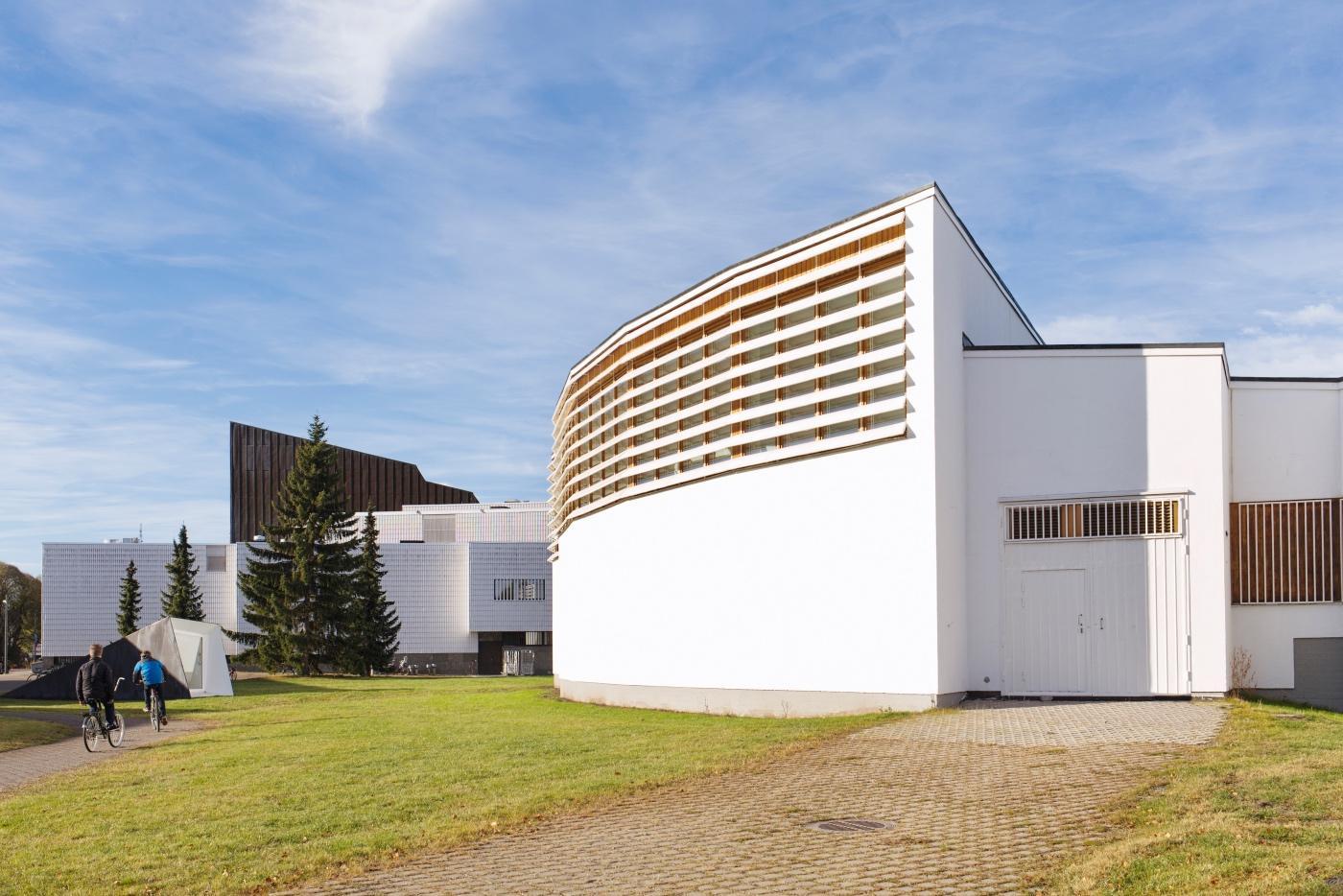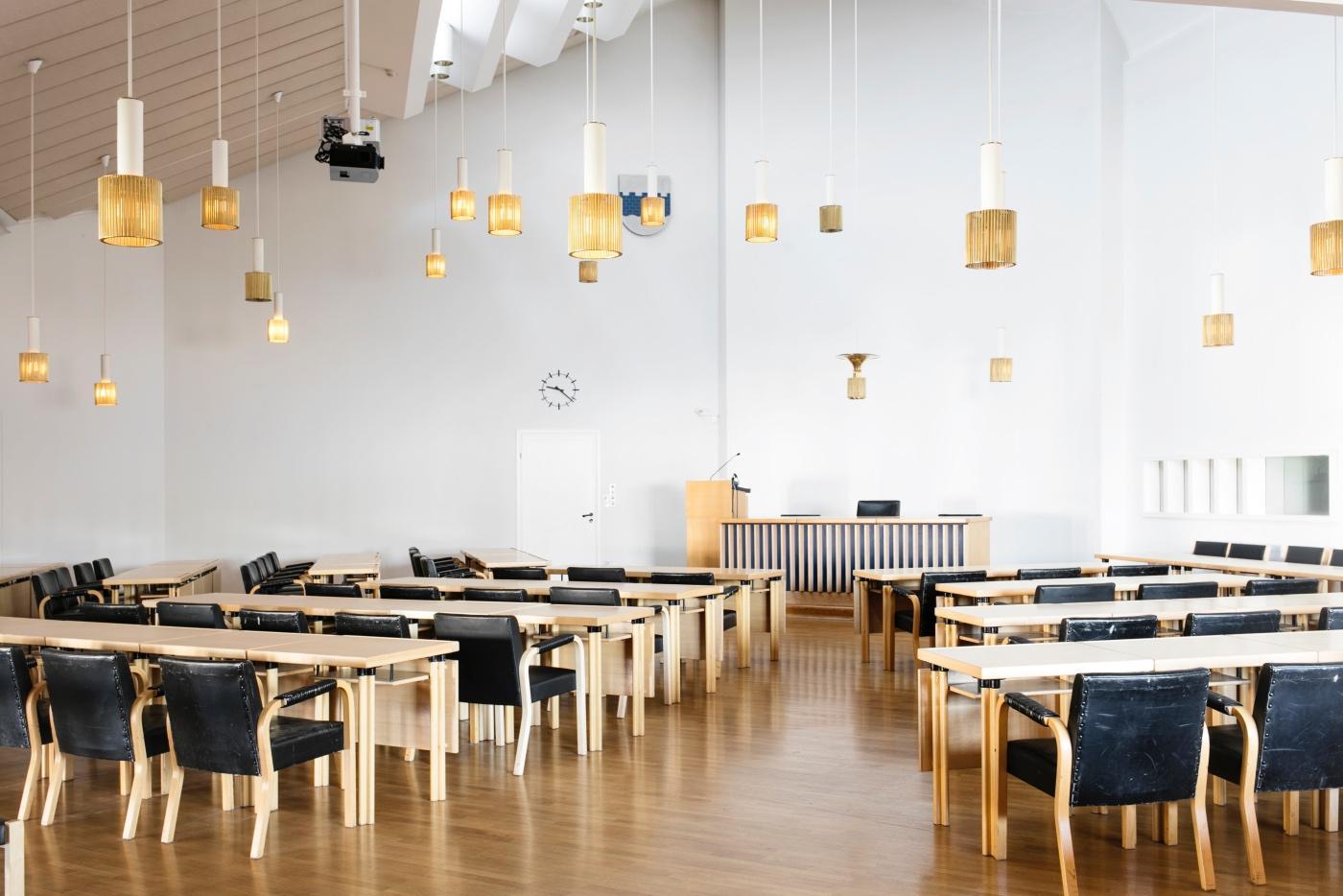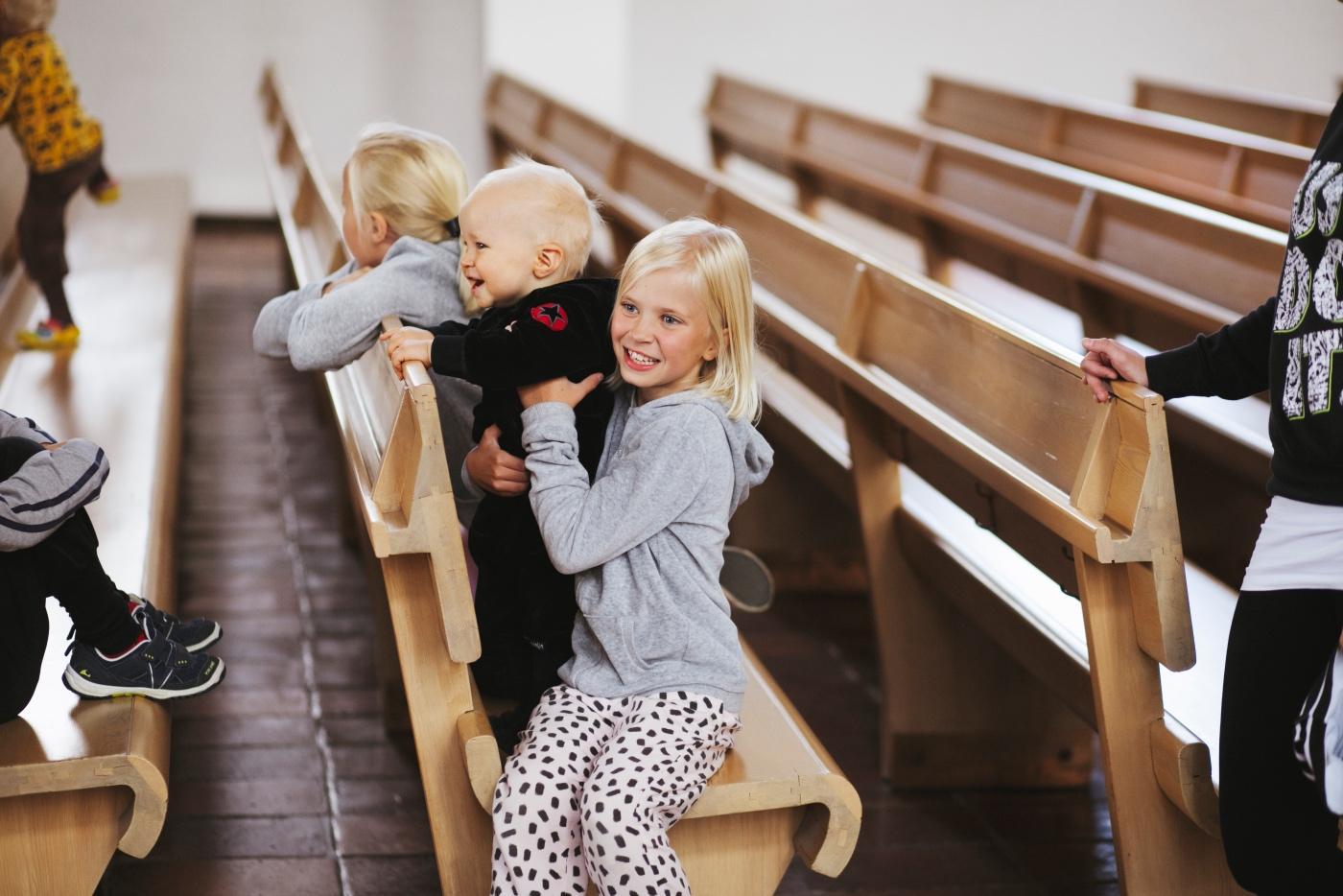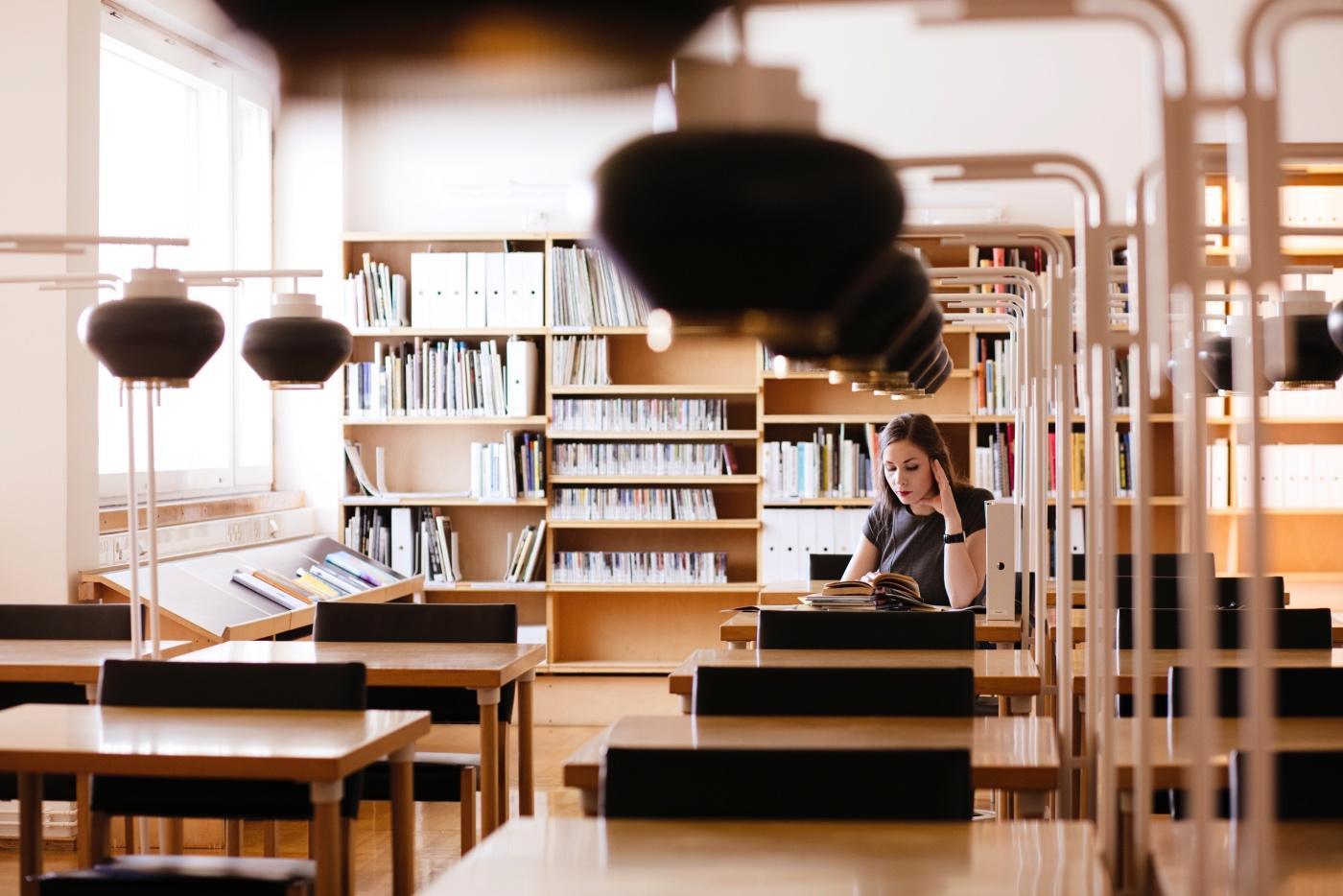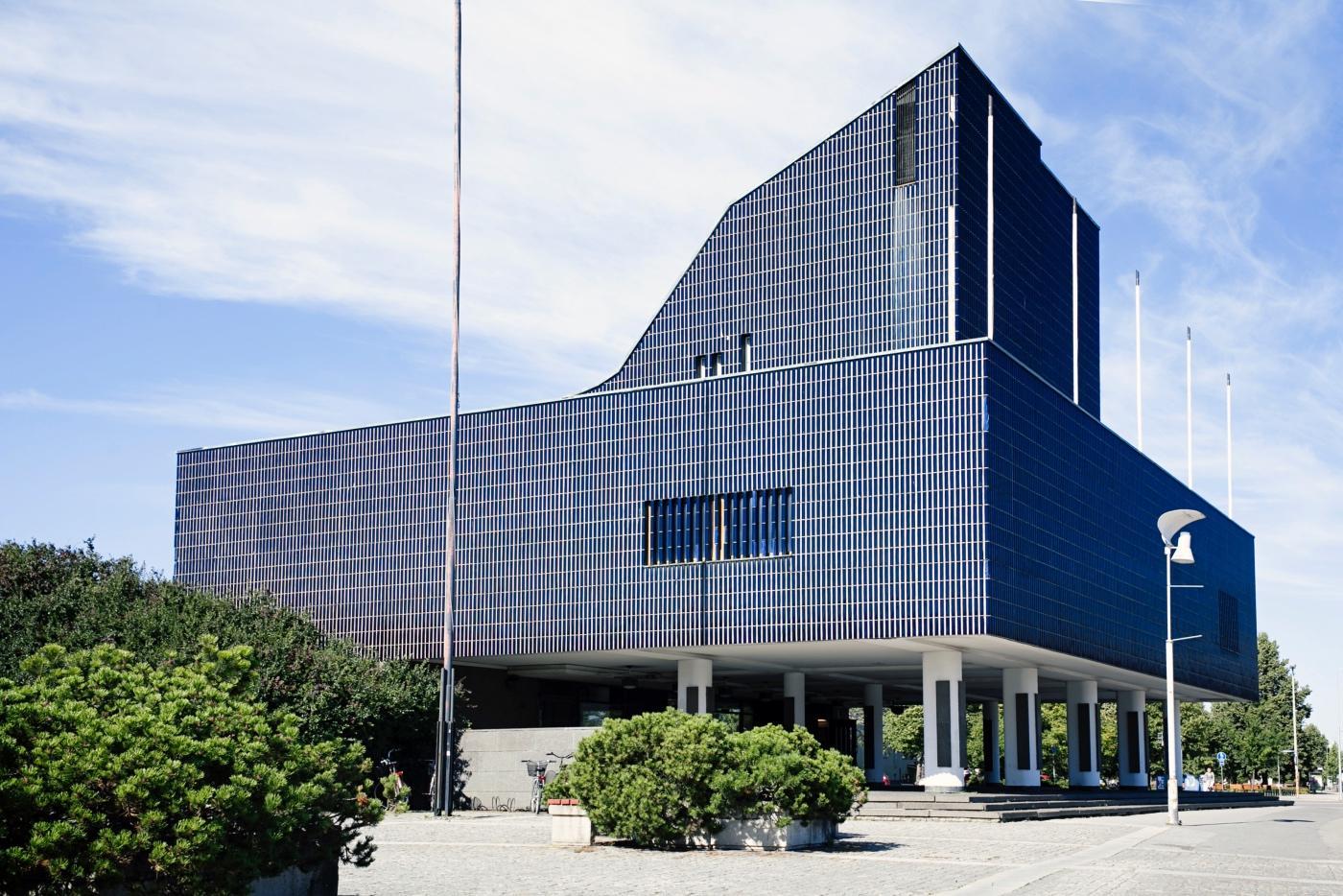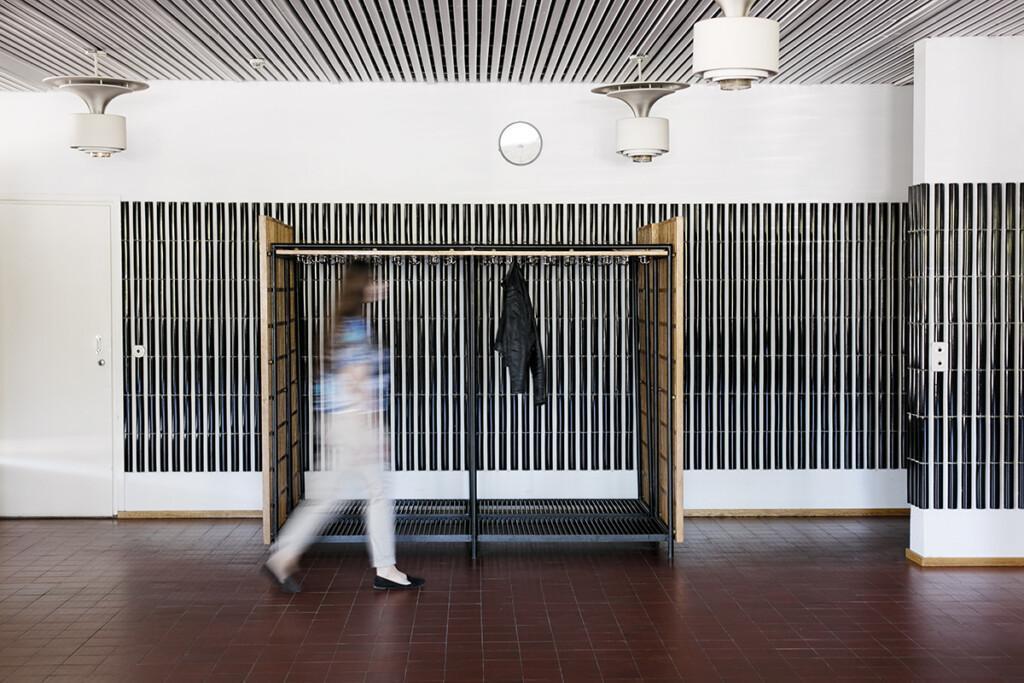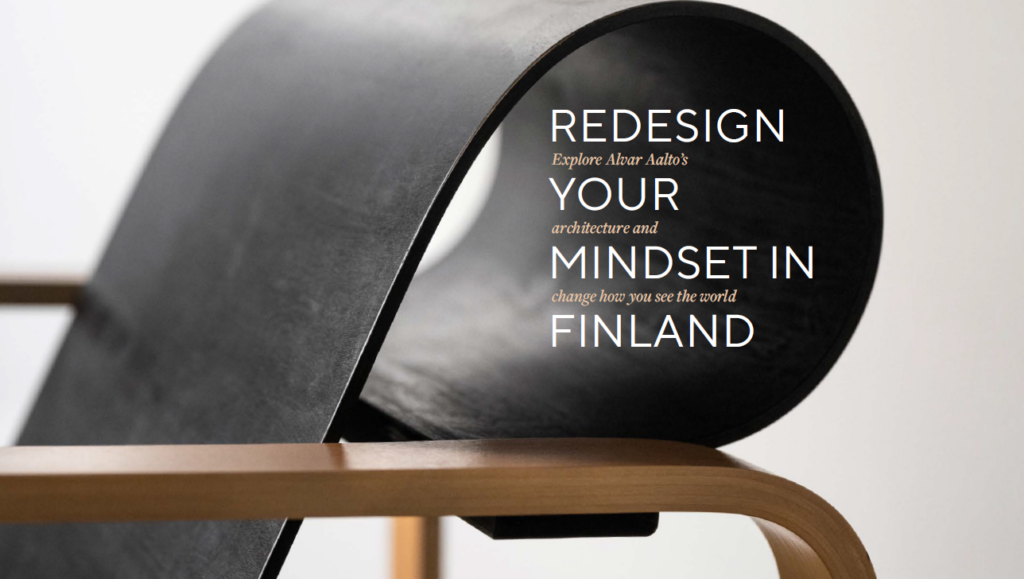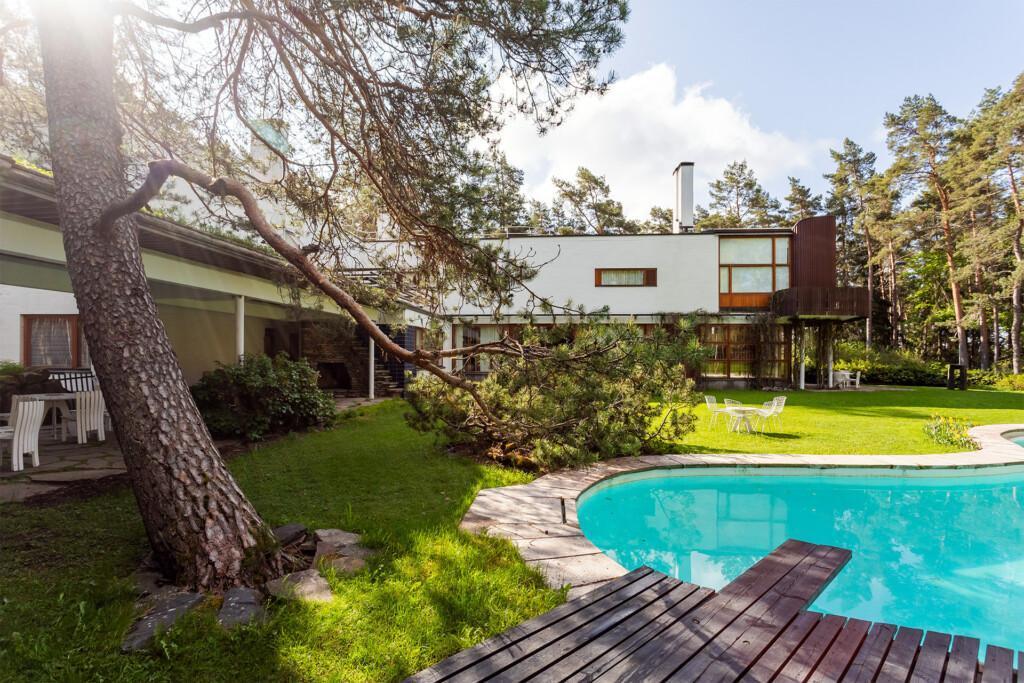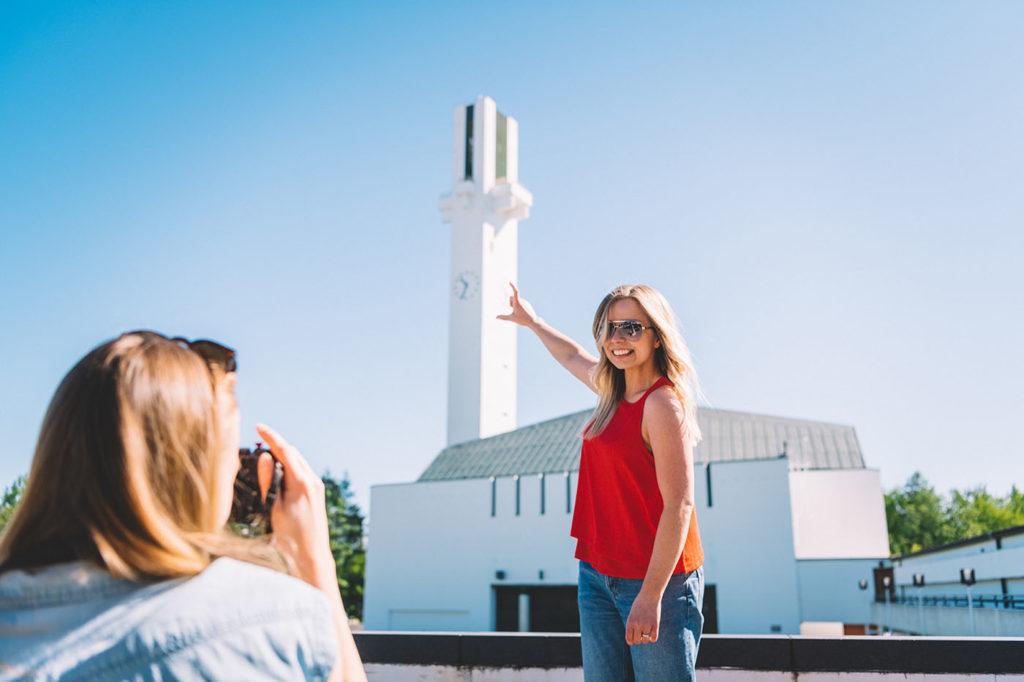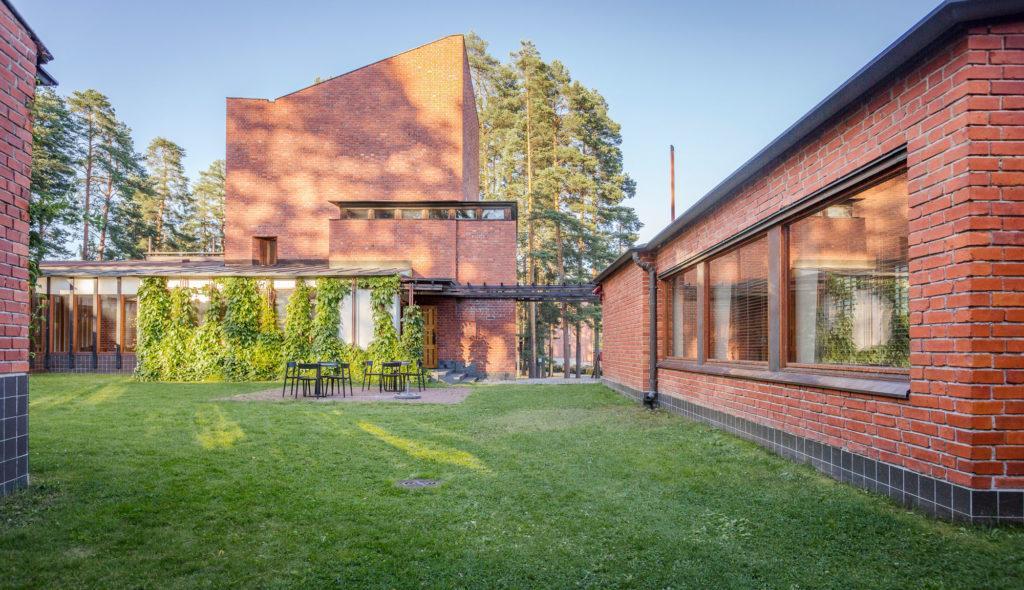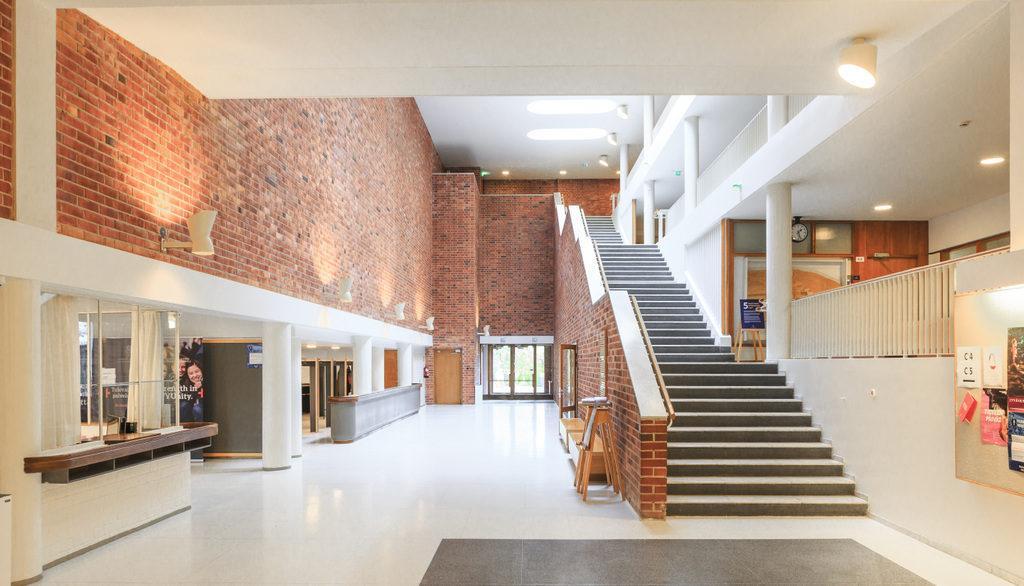Seinäjoki Civic Centre
Discover this destination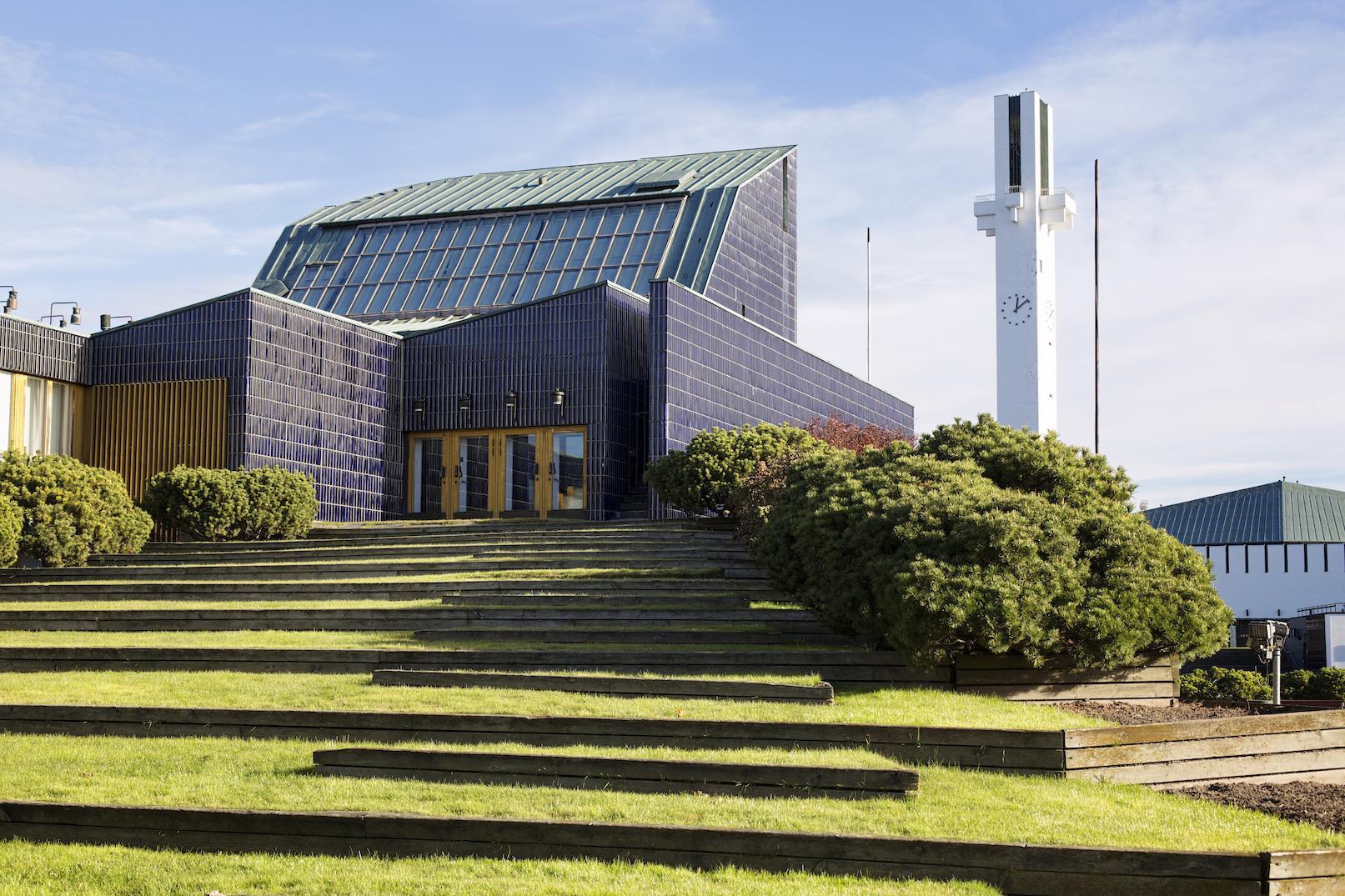
As an architectural whole, the Seinäjoki Civic Centre, or Administrative and Cultural Centre of Seinäjoki, is unique on a global scale. Seinäjoki is also the location of the Defence Corps Building built in 1924-26, one of the rare works from Aalto’s youth. The Administrative and Cultural Centre consists of six buildings and the Civic Square completed in 1988.
Aalto Centre
The Administrative and Cultural Centre in Seinäjoki emerged from two architectural competitions, and it was built in 1958 to 1988.
Alvar Aalto won a church architecture competition arranged by the Parish of Seinäjoki with his plan “Lakeuksien risti”, Cross of the Plains, in 1951. Seven years later, he won the design competition for the centre of Seinäjoki. Aalto was commissioned to design the town hall, library, theatre and government office building, all of which he had outlined in his competition suggestion.
Aalto’s architectural office designed not only the buildings of the Administrative and Cultural Centre but also the outdoor lighting fixtures, barriers, surface materials for yard areas and plants for the Centre.
Civic Square in Seinäjoki
Alvar Aalto’s plans for the centre of Seinäjoki were based on monumental but easily approachable squares and other open areas between public buildings. When Aalto was young, he admired the antique cultures, and this is reflected as a forum which was also influenced by the Italian piazzas.
The buildings around the Civic Square in Seinäjoki – the Town hall, Library and Seinäjoki theatre – border the square paved with granite paving and cobblestone. According to Aalto’s suggestion, the square was designed for conferences and summer meetings, and of course as a meeting place of citizens. Alvar Aalto wished that squares intended for the assembly of people would promote a “new renaissance” for the forming and exchange of opinions through social interaction.
The Aalto Centre was built gradually. The last part to be completed was the Civic Square with its fountain and plantings. The paving of the square continues on the eastern side across the street, linking the administrative and cultural buildings to the church buildings. This constitutes an overall work of art of six buildings and the square.
